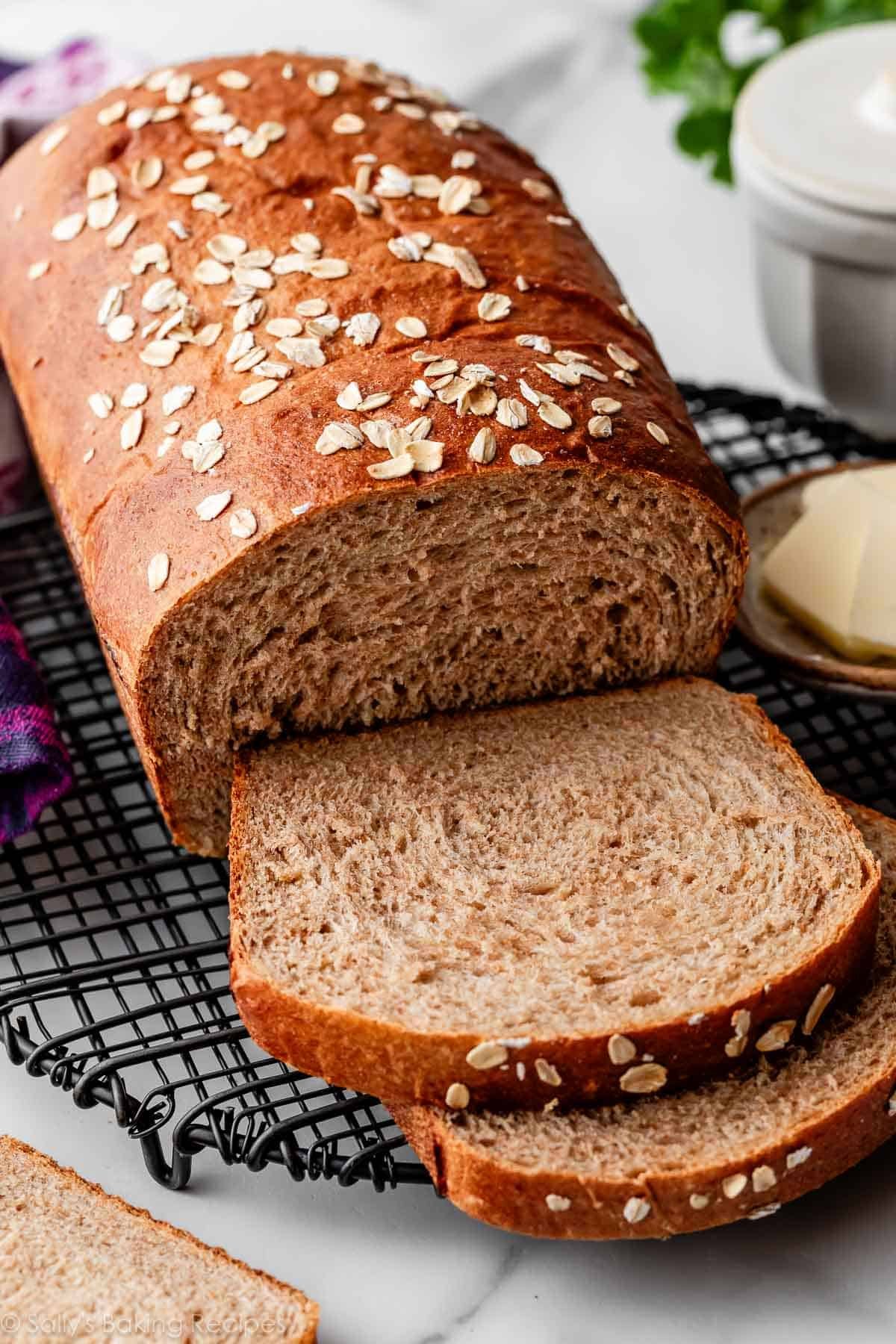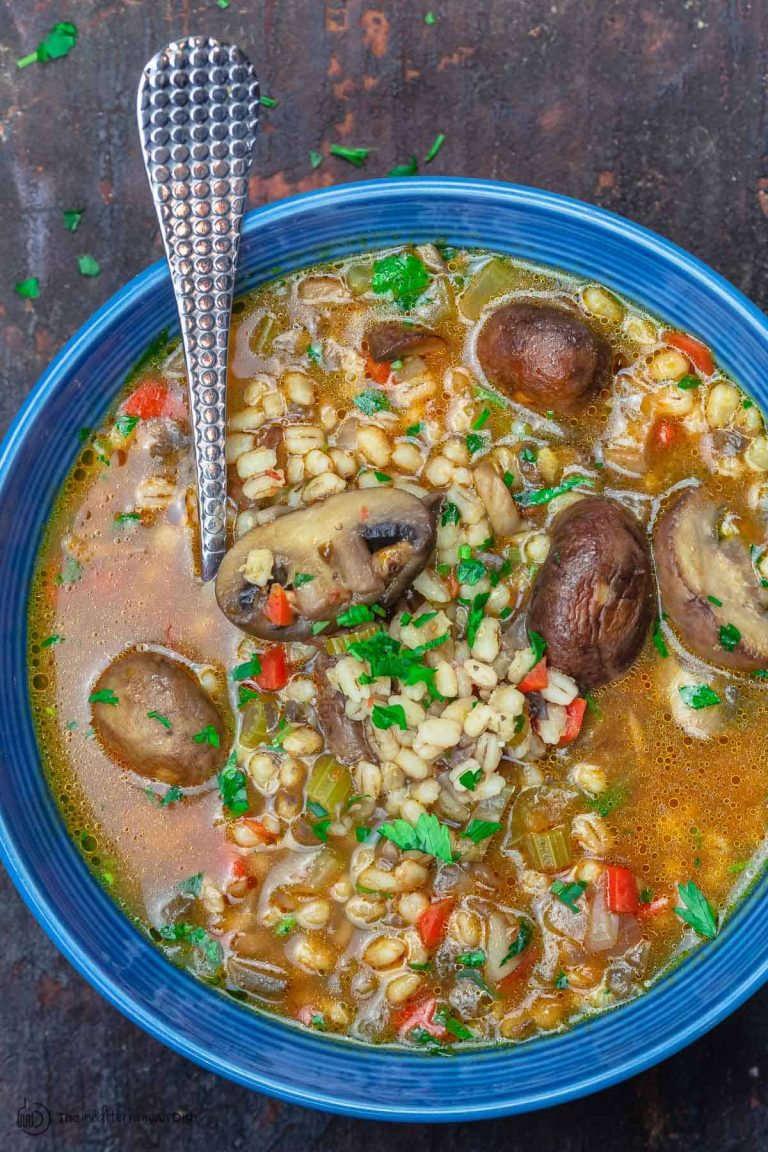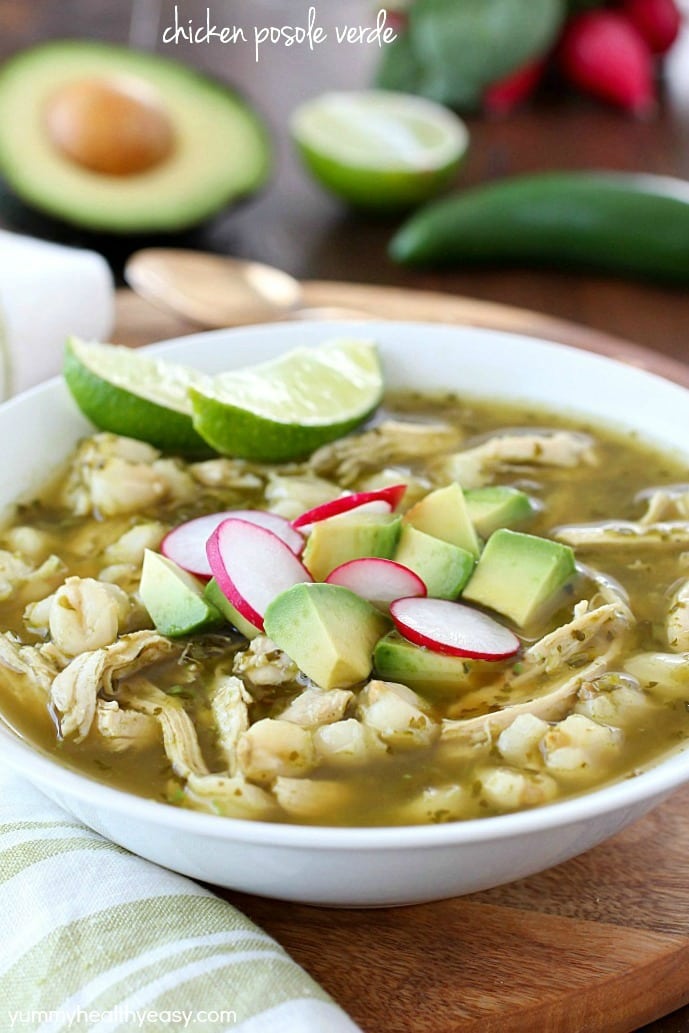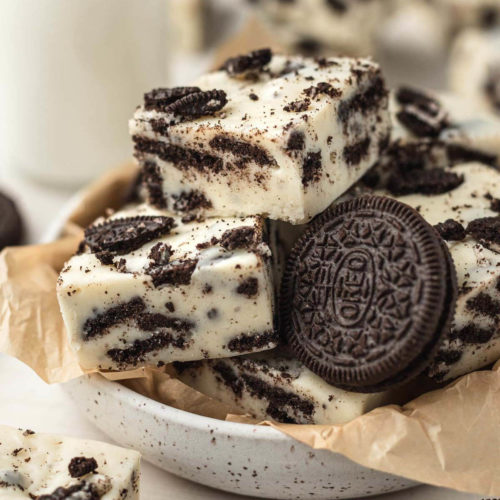Whole Wheat Pie Crust: Tips, Tricks, and Variations for Healthier Baking
Whole wheat pie crusts pack more nutrients than their refined counterparts. They contain higher fiber levels, essential for digestive health. Whole wheat flour is rich in vitamins B1, B3, and B5, promoting energy production and good skin health. You’ll also find more minerals like iron, magnesium, and manganese in whole wheat, vital for maintaining healthy bones and muscle function. Using whole wheat enhances your pie’s nutritional profile, making it a more health-conscious choice.
Texture and Flavor Contributions
Whole wheat flour provides a distinct nutty and robust flavor to pie crusts. This unique taste complements both sweet fillings like apple or berry pies and savory options such as spinach quiche. Additionally, whole wheat pie crusts offer a slightly denser texture, adding a satisfying crunch. This firm yet tender consistency can elevate the overall eating experience, providing a hearty and flavorful base for various types of pies.
Key Ingredients for Basic Whole Wheat Pie Crust
Choosing the Right Whole Wheat Flour
Start with choosing whole wheat flour that contains the bran, germ, and endosperm. This type provides more nutrients compared to refined flour. Look for finely milled flour, like whole wheat pastry flour, which offers a lighter texture. Avoid coarsely ground flour, as it can result in a denser crust. For consistent results, measure your flour accurately. Use the spoon-and-level method rather than scooping directly from the bag to prevent over-packing and adding too much to the recipe.
Essential Fats and Their Roles
Fats play a crucial role in creating a tender, flaky pie crust. Use cold, unsalted butter for its rich flavor and ability to create layers. Chop the butter into small cubes before incorporating it into the flour to ensure even distribution. Shortening can be added for additional flakiness and stability, especially useful in warmer kitchens. If you’re seeking a slightly different flavor, substitute some of the butter with cold lard. Keeping the fats cold until ready to use prevents them from melting and mixing too thoroughly with the flour, preserving the desired texture of the pie crust.
Step-by-Step Recipe for Basic Whole Wheat Pie Crust
Mixing the Dough
Combine 1 1/2 cups of whole wheat flour, 1/2 teaspoon of salt, and 1 tablespoon of sugar in a large mixing bowl. Cut 1/2 cup of cold butter into small cubes, then add it to the dry ingredients. Use a pastry cutter or your hands to blend the butter until the mixture resembles coarse crumbs. Once combined, drizzle 3-4 tablespoons of ice-cold water over the mixture, one tablespoon at a time, mixing gently with a fork until the dough starts to come together. Do not overmix, as this may lead to a tough crust.
Rolling and Shaping
Transfer the dough onto a lightly floured surface. Form it into a ball, then flatten it into a disk using your hands. Roll the disk out with a rolling pin, starting from the center and moving outwards, until it’s about 1/8 inch thick. Ensure the dough is large enough to fit your pie dish. If it cracks, patch it gently with your fingers. Lift the dough carefully and place it into the pie dish, pressing it gently to fit the shape. Trim any excess dough around the edges with a knife or kitchen scissors, leaving about a 1/2 inch overhang. Fold the overhang under itself and crimp the edges as desired.
Tips for Perfecting Whole Wheat Pie Crust
Handling Common Challenges
Avoid common challenges when making whole wheat pie crust with these tips. Ensure cold ingredients, like butter and water, to prevent a greasy crust. If your dough is dry and cracks, integrate more water a tablespoon at a time. Be cautious of overworking the dough; handle it gently to keep it tender. Roll the dough between parchment paper to avoid sticking and reduce the need for added flour, which can toughen the crust. For an evenly cooked crust, use pie weights during blind baking to prevent bubbling. Whole wheat dough may appear darker, but it’s normal and results from the wheat’s natural color.
Making Ahead and Storage Options
Prepare your whole wheat pie crust ahead for convenience. Store the dough tightly wrapped in plastic wrap in the refrigerator for up to 2 days. For longer storage, keep it in the freezer for up to 3 months, ensuring it’s well-wrapped in both plastic and aluminum foil. Thaw frozen dough overnight in the refrigerator before use. Roll out and fit it into the pie dish just before baking. If you need to pre-bake the crust, store the baked crust at room temperature, covered with foil or plastic wrap, for up to a day. This makes assembling pies faster and easier when you’re busy.
Variations on the Basic Whole Wheat Pie Crust Recipe
Adding Sweet or Savory Flavors
Incorporating different flavors into your whole wheat pie crust enhances its versatility. For sweet pies, add 1-2 tablespoons of sugar or maple syrup. This adds a touch of sweetness, complementing fruit or custard fillings. For savory pies, incorporate herbs or spices. Try adding 1-2 teaspoons of dried thyme, rosemary, or garlic powder. These flavorings elevate your crust, making it suitable for quiches or vegetable pies. Adjust the base recipe to include complementary ingredients without altering the crust’s texture.
Gluten-Free Alternatives
Creating a gluten-free whole wheat pie crust demands alternative flours. Combine whole grain gluten-free flours like sorghum, brown rice, or millet with binder flours like almond or coconut. A typical blend might include 1 cup sorghum flour, 1/2 cup almond flour, and 1/2 cup tapioca starch. Add xanthan gum, using about 1 teaspoon per cup of flour, to replicate gluten’s elasticity. Ensure the flours are well-mixed for a uniform crust consistency. These adjustments allow those with gluten sensitivities to enjoy a wholesome pie crust without sacrificing flavor or texture.
Conclusion
Mastering a basic whole wheat pie crust opens up a world of healthier and delicious baking possibilities. With its nutty flavor and nutrient-rich profile, it’s a fantastic choice for various pie fillings. By following the tips for handling and rolling the dough, you can achieve a perfect crust every time. Don’t forget the convenience of making ahead and storing the dough for future use. Whether you prefer sweet or savory pies, or need a gluten-free option, there’s a whole wheat pie crust variation to suit your needs. Enjoy the satisfaction of baking a wholesome and tasty pie crust that everyone will love.






